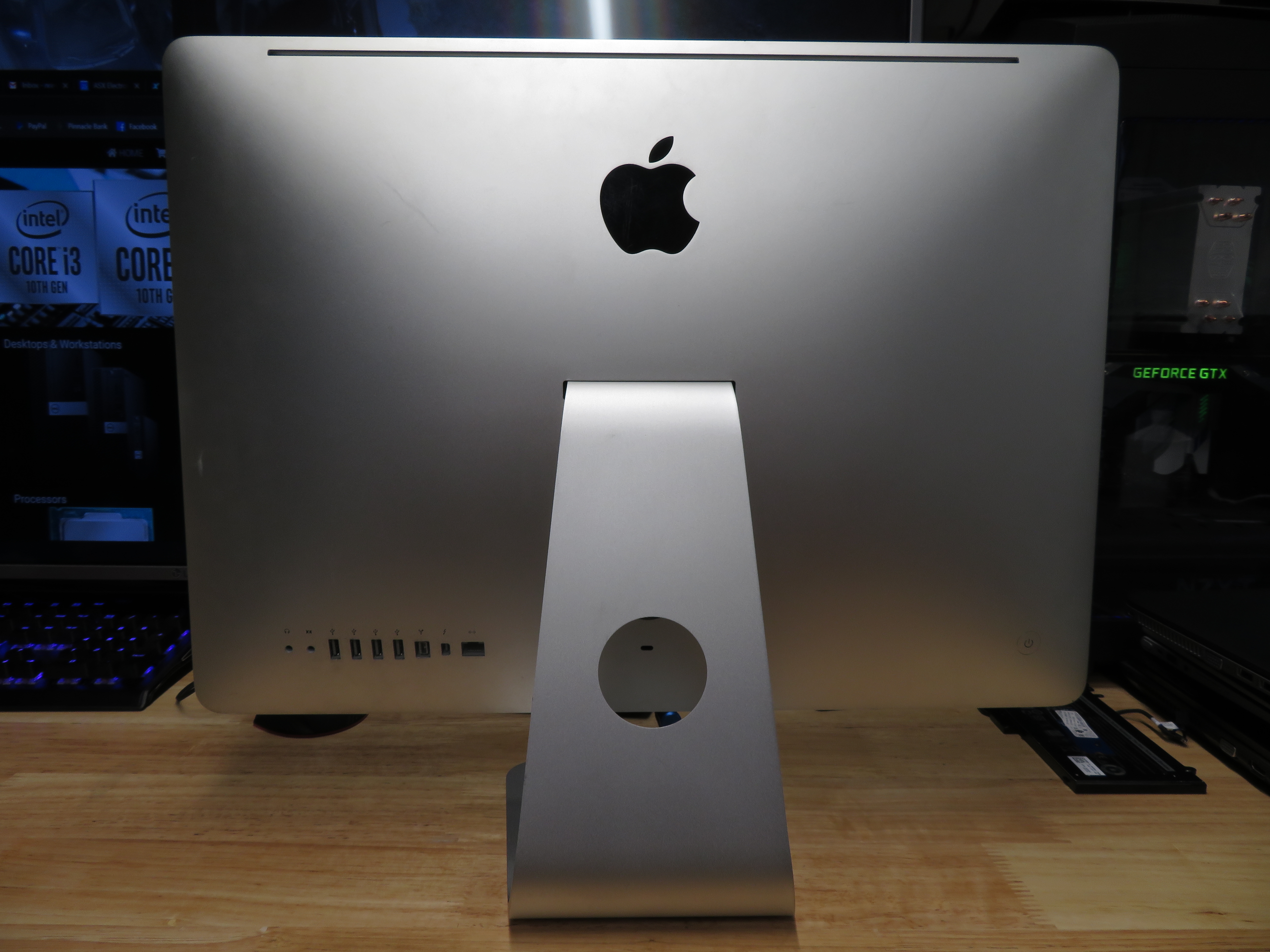

- #DISK INVENTORY X FOR 10.13.6 HOW TO#
- #DISK INVENTORY X FOR 10.13.6 MAC OS#
- #DISK INVENTORY X FOR 10.13.6 INSTALL#
- #DISK INVENTORY X FOR 10.13.6 TORRENT#
Select Disk Utility in the list, then press Continue. Strange thing.įormat the disk with GUID partition mapping and name it "HD". I had to put some USB device so the list is not empty, so I can add a new entry. With that, I could not add anything else. If you did everything correctly, you will see the installation screen.īUG Note: I delete all entries from the list.
#DISK INVENTORY X FOR 10.13.6 INSTALL#
Use the arrow keys to mark the flash drive. The option name is "Boot OS X Install from Install macOS High Sierra", then press Enter. In my case "UEFI: KingstonDataTraveler 2.0PMAP". Select the flash drive named with UEFI prefix.

When ASUS logo appear, press and hold ESC to enter Boot Menu. Go to "Save & Exit" again and select "Save Changes and Exit". Go to "Advanced" tab and change VT-d to Disabled. Go to "Save & Exit" and press "Restore Defaults". Power on with F2 pressed to enter BIOS setup. Shutdown the ultrabook and insert the flash drive on the left side on upper port (on the side Keystone hole). Now you can start the instalation without problem (I guess).īIOS Setup Configuration and Installation Put the Clover installer on the flash drive too. Download the HWSensors dmg and use the FakeSMC.kext from inside. Download the Smart Touchpad kext from here. P.s.: I will provide below my ist as attachment.ĭownload those Kexts and put in /EFI/CLOVER/kexts/10.13/ Name AppleIntelFramebufferCapri Replace Comment HD 4000 brightness fix Disabled Find Rename key: #KextsToPatch -> KextsToPatch Alter value: KernelAndKextPatches - AppleIntelCPUPM to TRUE Alter value: Graphics - ig-platform-id to 0x01660003 Rename key: Graphics - #ig-platform-id -> ig-platform-id Alter value: Graphics - Inject - Intel - TRUE Alter value: Graphics - Inject - ATI - FALSE Rename key: Graphics - #Inject -> Inject Alter value: GUI - ScreenResolution to 1366x768 Edit the /EFI/CLOVER/ist inside this new partition and change those values: Use "diskutil list" to discover.ĭownload the CloverEFI (used 4334) and install with this options on "Install macOS High Sierra": You need to format the EFI partition of the install flash drive to FAT32: app / Contents / Resources / createinstallmedia - volume / Volumes / Install - applicationpath / Applications / Install \ macOS\ High \ Sierra. Sudo / Applications / Install \ macOS\ High \ Sierra. Close it and run this in terminal:ĭiskutil eraseDisk JHFS + Install / dev / diskX If the Erase popup in Disk Utility don't work.

#DISK INVENTORY X FOR 10.13.6 MAC OS#
Name: Install, Format: Mac OS Extended (Journaled) and Scheme: GUID Partition Map Select the destination flash drive, then Erase. Click in View, then "Show All Devices".
#DISK INVENTORY X FOR 10.13.6 HOW TO#
How to patch DSDT. Or you can download mine DSDT below, but would not recommend.įormat the disk with GUID partition mapping and name it "Install". DSDT patch skills -> Needed to battery works. CloverEFI -> Also download inside the virtual machine. macOS High Sierra install app -> Downloaded via App Store inside the virtual machine. My method only tested on Mavericks (10.9) and above.
#DISK INVENTORY X FOR 10.13.6 TORRENT#
Running install of macOS on VMware -> Downloaded version 10.13 via torrent (search by "10.13 vmware" torrent). Added USBs.kext to replace FakePCIID.kext, FakePCIID_XHCIMux.kext and USBInjectAll.kext. Specifically in S400CA-CA178H model, most likely all other models are compatible Installing macOS High Sierra 10.13.2 on ASUS VivoBook S400C (also know as S400CA) System is a late 2015 iMac 27" Did Apple Change the OS install? I've never been asked about keyboard / mouse prior to the 10.14.1 installer, nor has the USB installer ever had issues with the magic mouse.New guide available for macOS Catalina 10.15 (i3 and i5 versions)! I haven't tried making a disk from version 8.0.1. I used a clean 8GB SanDisk USB stick, and a fresh download of the Mojave install app. Also the restore partition seems to remember the setup, so I haven't been asked again if I have to use it again. Oddly enough the Restore partition on the hard drive brought up the same assistant, but was able to link with the mouse just fine.

On the USB stick, the system was never able to link with the magic mouse, even though it was on, and pressing the button / holding the button didn't seem to work. I have the Magic Mouse 2, and Apple Aluminum USB keyboard with the hub. While the process completed correctly, the issues came up after booting from the USB drive.Īpparently as of 10.14.1, the wireless Mouse / Keyboard assistant pops up. I had an unusual issue when using DiskMakerX version 8 to create a Mojave install disk.


 0 kommentar(er)
0 kommentar(er)
